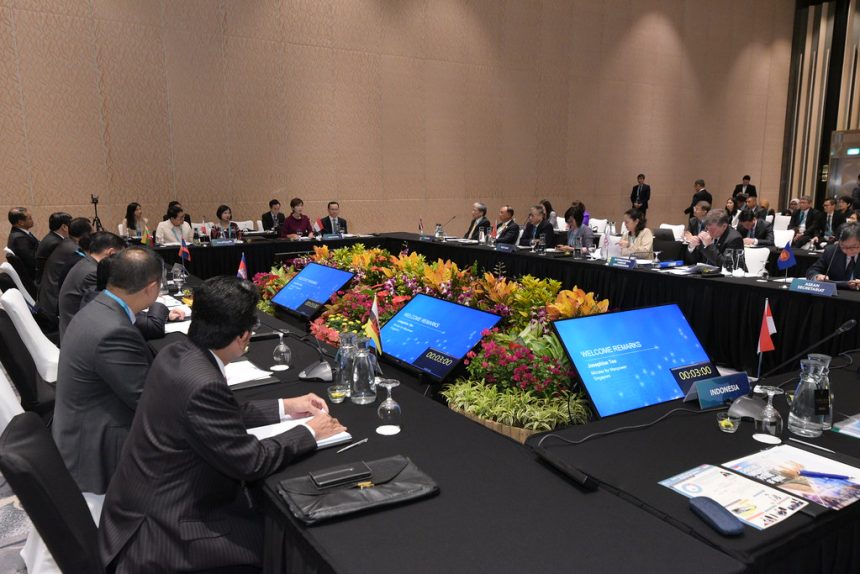Artificial Intelligence (AI) is rapidly transforming industries across Asia, presenting both challenges and opportunities for the workforce. As automation becomes more prevalent, concerns about job displacement arise alongside prospects for new employment avenues.
Job Displacement Due to Automation
Several sectors in Asia are experiencing job reductions attributed to AI integration:
- Banking: DBS Group, Singapore’s largest bank, plans to reduce its workforce by 10% over the next three years, equating to approximately 4,000 positions. This move is driven by the increasing automation of roles traditionally performed by humans.
- Public Sector: In response to budget deficits, Hong Kong intends to cut 10,000 civil service jobs by April 2027, while simultaneously investing in AI to enhance operational efficiency.
These developments highlight a trend where AI replaces certain job functions, leading to workforce reductions in specific industries.
Emergence of New Opportunities
Conversely, AI is also creating new job prospects and stimulating economic growth:
- Technology Investments: Google’s $1 billion investment in Thailand aims to establish a data center and cloud infrastructure, projected to generate an average of 14,000 jobs annually until 2029.
- AI Research and Development: OpenAI’s establishment of an Asia-Pacific hub in Singapore signifies a commitment to fostering local talent and collaborating with regional businesses, potentially leading to job creation in the AI sector.
These initiatives suggest that AI can be a catalyst for job creation, particularly in technology and innovation-driven fields.
Workforce Adaptation and Skill Development
The evolving job landscape necessitates a focus on reskilling and upskilling:
- Educational Initiatives: China’s top universities are expanding enrollment in AI and related disciplines to meet national strategic needs, reflecting a proactive approach to developing a skilled workforce.
- Corporate Training: Despite the potential benefits of AI, many employees feel inadequately trained to utilize these tools effectively, underscoring the need for comprehensive training programs within organizations.
Emphasizing education and continuous learning is crucial for workers to remain relevant in an AI-augmented job market.
Conclusion
AI’s impact on employment in Asia is multifaceted, encompassing both the displacement of certain jobs and the creation of new opportunities. The net effect on employment will largely depend on how governments, educational institutions, and businesses collaborate to equip the workforce with the necessary skills to thrive in an AI-driven economy.











